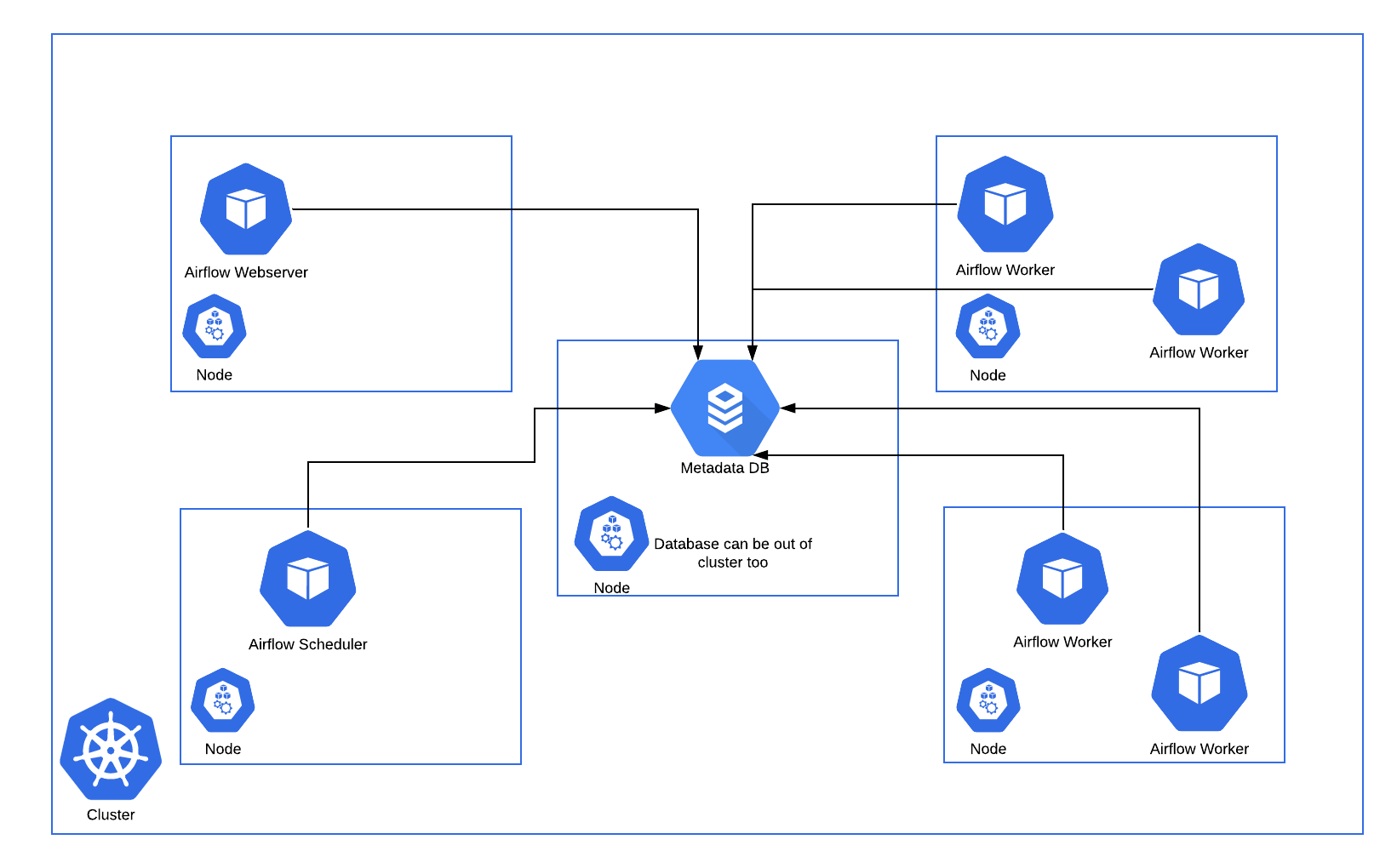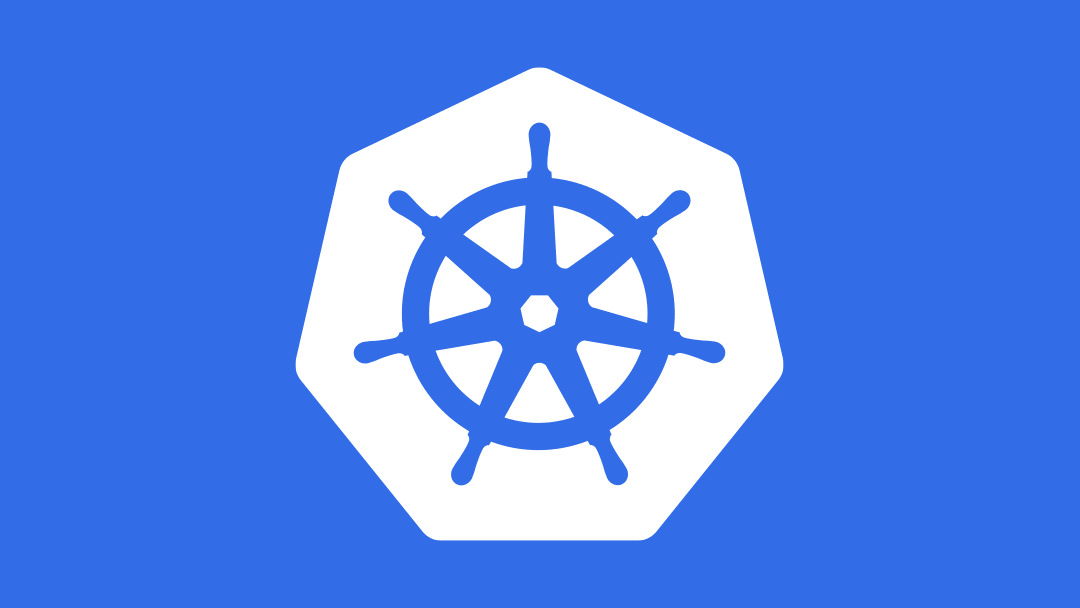Kubernetes: how the application development platform works
The Kubernetes platform became known to a wide range of specialists in 2014 when its creator published the source code of the program. The development belongs to Google Corporation, and its appearance was a real revolution for the IT sector. The fact is that previously the structure of servers was in the form of monoliths, and this did not allow control over the resources that were involved in the functioning of applications. The Kubernetes platform acts as an orchestrator to automate a number of processes and make the software development chain seamless.
The Kubernetes project was originally called Project seven, a reference to the Star Trek series. Later, however, the platform was given the name by which it is known today. The application was used exclusively within Google, but when experts realized the value of their development, they created a foundation with the Linux Foundation, which became the owner of the rights to Kubernetes. The monolithic server components that were in use before the new platform were tightly coupled with each other, and in addition, the configuration of operations was done manually. Thus, application elements could be on the same server, making them virtually inseparable from each other, or vice versa, they were on different servers. The second variant was also inconvenient because then the resource usage was almost uncontrollable. It often happened that one hardware was running out of space for all the programs, while the other was running out of space. Another problem was that it was impossible to change a component separately from the rest during an upgrade.
The monolithic server components that were in use before the new platform were tightly coupled with each other, and in addition, the configuration of operations was done manually. Thus, application elements could be on the same server, making them virtually inseparable from each other, or vice versa, they were on different servers. The second variant was also inconvenient because then the resource usage was almost uncontrollable. It often happened that one hardware was running out of space for all the programs, while the other was running out of space. Another problem was that it was impossible to change a component separately from the rest during an upgrade.
The situation improved when orchestrators appeared, which automatically control resource allocation and enable updates to individual components. This concept was called microservice architecture. It is widely used for corporations that deploy their services based on Kubernetes.
The platform has a lot of advantages over the old ways of deploying applications. Kubernetes allows load balancing and scaling resources without sacrificing performance. In addition, using the platform greatly simplifies development, it is many times faster. Thus, infrastructure costs are reduced.
Kubernetes consists of several components:
– virtual machines;
– API server;
– modules that are responsible for application management;
– data storages.
In addition, the platform is equipped with various controllers, devices responsible for routing traffic in modules, and their statuses.
Virtual machines provide containers, which are a special environment for transferring code to the server. The container in this case serves as a guarantee that the functionality of the code on the server is the same as that of the developer during local testing.










